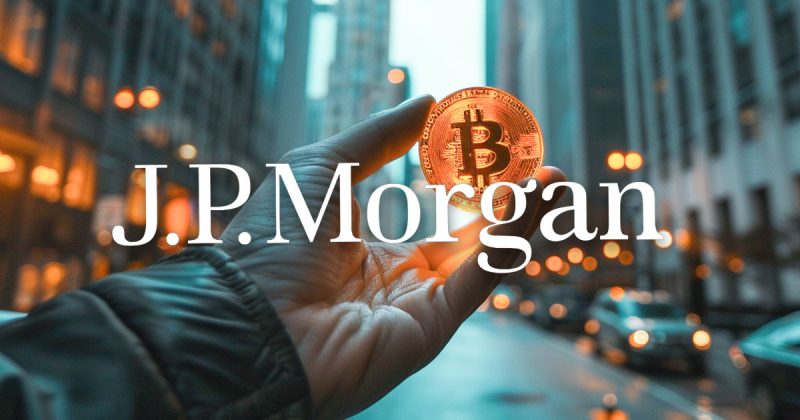Bitcoin vs. Gold Valuation
JPMorgan analysts believe Bitcoin could climb to $165,000 by the end of 2025, pointing to its undervaluation compared with gold and strong inflows into Bitcoin ETFs.
The bank, led by Nikolaos Panigirtzoglou, based its forecast on a volatility-adjusted comparison between Bitcoin and gold. The current bitcoin-to-gold volatility ratio has dropped below 2.0, meaning Bitcoin now requires only about 1.85 times more risk capital than gold. In past years, that number was higher. To match gold’s private investment scale, Bitcoin’s market cap would need to increase by roughly 42% — translating into the $165,000 price target.
ETF Flows Driving the Rally
A major factor behind the bullish case is the surge in spot Bitcoin ETF inflows. Retail investors, in particular, are using ETFs as part of what JPMorgan calls the “debasement trade.” This trend reflects growing demand for assets that can hedge against inflation, fiat currency depreciation, and ballooning government deficits.
While retail flows into Bitcoin ETFs have outpaced gold this year, the gap has narrowed recently as gold ETFs also recorded steady inflows. On the institutional side, activity remains more concentrated in derivatives like CME futures, though ETF adoption could accelerate if regulatory clarity improves.
The Bigger Picture and Risks
The $165,000 projection aligns with a wave of bullish forecasts that see Bitcoin reaching as high as $200,000. Supporters of this outlook point to similar drivers: ETF adoption, regulatory tailwinds, uncertain macro conditions, and fading confidence in fiat currencies.
However, JPMorgan stresses that its model is “mechanical,” meaning it doesn’t fully capture real-world frictions. Future price action will hinge on economic conditions, regulatory decisions, interest rate trends, and the pace of ETF inflows. A sudden shift in monetary policy or negative sentiment could quickly derail momentum.
If Bitcoin were to approach $165,000, it would represent a rally of about 40% from current levels. Such a move would not only reinforce its role as a store of value but could also fuel further institutional interest and mainstream adoption.
